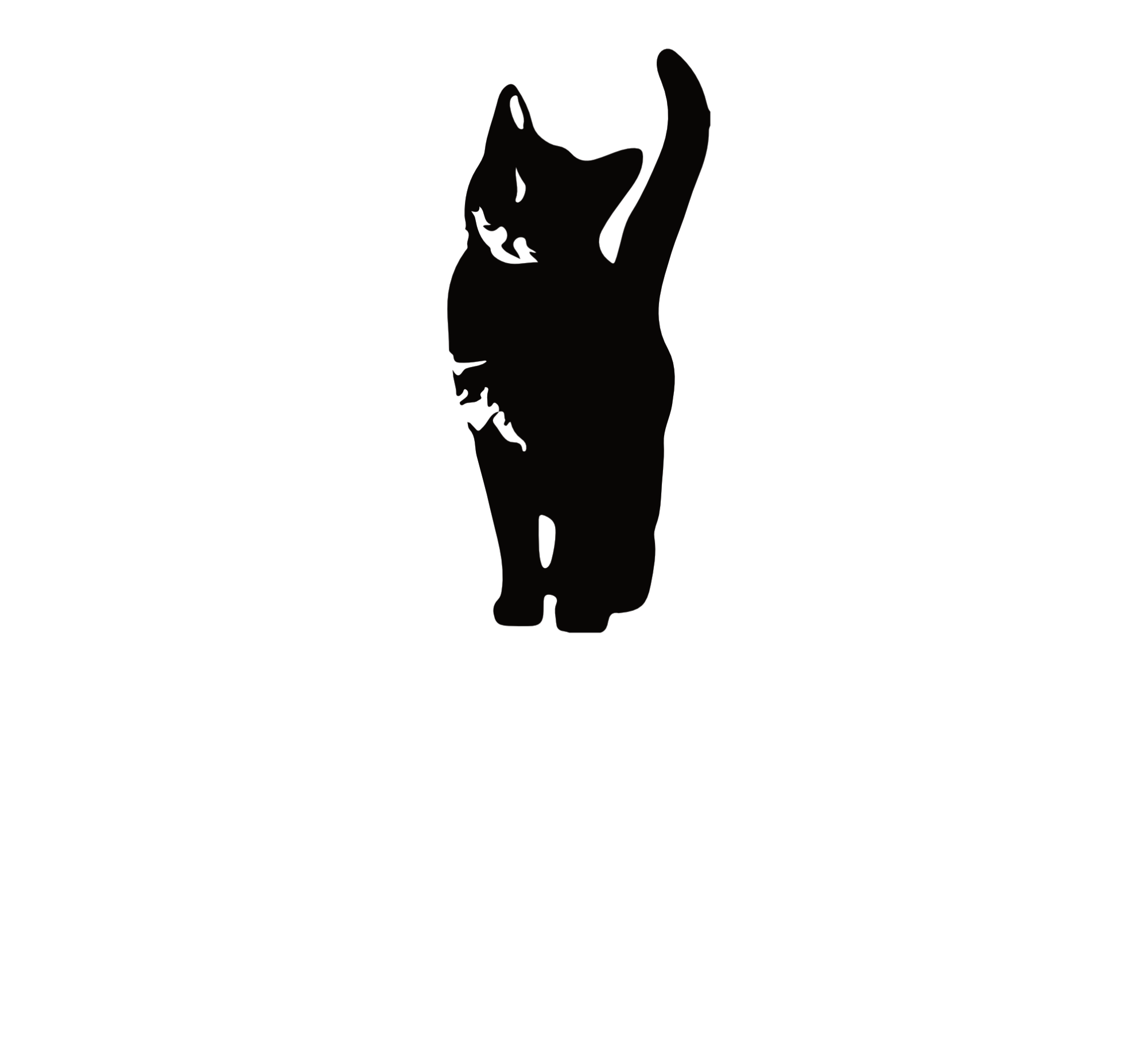A short story:
As the car snaked through another winding northern Arizona canyon, my trusty pack swelled with the necessities of the camping getaway ahead, and my mind wandered to dreams of fire-roasted s’mores at camp. The campsite was just coming into view, nestled in a cove of juniper and sandstone against a blue and babbling brook. The sign just ahead read…wait, what? “Fire Ban. No Campfires.” (Can you say buzz kill)? Fast forward a few hours. After driving what seemed like 100 miles to the nearest town while pining for a campfire, I was finally back at the campsite with a new propane stove, hungry and tired.
Enter the Coleman camping stove, some chicken sausages and boxed mac & cheese (the fuel station’s finest). The non-campfire meal was reluctantly cooked, and then (surprisingly) thoroughly enjoyed. The delicious meal was cooked in less than 15 minutes and cleanup was minimal. While it wasn’t a campfire s’more, it filled a need and did it well. What at first was a huge frustration, became the weekend’s MVP. Many others in this camping area had similar experiences, as propane was the only option for cooking a hot meal and getting a hot caffeine fix the next morning (enter influx of artsy stove photos on Instagram).
That micro experience at my campsite compounded into a sizeable social media spike for Coleman, presenting a golden opportunity for the brand to harness campers’ conversations online, and to identify a relatively captive audience segment – weekend warrior car campers with no traditional fire option for hot meals, specifically those in this year’s widespread “fire ban” geographies. Alas, no evidence of an understanding of this audience on social media. Instead of a CX fail – this Coleman scenario highlights the opposite problem – while it provided a great product experience, it failed to understand (or acknowledge an understanding) of publicly available online chatter from customers. The point is this: Across all industries, opportunities to learn from unsolicited conversations abound, but companies too often leave untapped terabytes hanging out there in the social sphere, heavy with the weight of missed opportunity.
Why social matters:
As part of the broader CX ecosystem, harvesting and understanding unsolicited, publicly available social data can help us get smarter about customers, better serve their needs, and drive our businesses forward by:
- Casting a wider net: Integrating social data into our CX ecosystems broadens audiences and extends our reach into true customer understanding
- Enriching insights: Social adds a qualitative component to quantitative CX data, bringing insights to life and adding texture to CX programs. Imagine the power of unsolicited, customer-generated insight alongside survey data, augmented by inferred data like location
- Informing intelligent conversations with customers: Social channels give customers an ability to share pain and joy, at any time, with very limited restrictions. Companies can leverage this unsolicited insight to inform survey design, marketing campaigns, and deeper market research projects, without guessing where to aim (e.g. in my Coleman stove example, imagine a flash sale of accessories for the propane stove in the fire ban region, or a donation and nod to local first-responders for the wildfires…)
The big idea is this: by leveraging online sources like Instagram, Pinterest, Reddit, Yelp and others, in harmony with broader CX efforts, companies can tap into the conversations of millions without conducting long, expensive, and laborious formal research. Integrating social data is low-hanging fruit for brands dedicated to further understanding the hopes, pain and dreams of customers (A.K.A: every leading brand in the world). Alas, for many, effectively harnessing unstructured social data as part of a broader CX plan is today’s elephant in the room. Generally speaking, alignment around the issue has yet to be reached and is a common struggle in board rooms everywhere.
The fundamental challenge:
Considering the vast expanse of internet data, even the most sophisticated brands often lose their grip on unsolicited online feedback. With tens of billions of data points floating around, it is understandable that some insights float on, untamed. The tricky part is not in merely data collection but turning those hordes of data into something intelligible and actionable (key word: actionable) and integrating seamlessly into the broader CX landscape.
In many cases, brands are hamstrung by traditional research methods that need to be turned out to pasture. Many brands have spent so much time peppering customers with long surveys and laborious research initiatives that they’ve have lost sight of the fact that these same customers are likely providing rich unsolicited feedback online. While there is a widespread nod to the general importance of harvesting unsolicited social data, the challenge comes in effectively harnessing those billions of data points and translating them into intelligence to inform and ignite CX insights.
While there is undoubtedly a time and place for deep (and sometimes even traditional) research, a CX ecosystem can work harder by leveraging the low hanging fruit that social channels have to offer, to convert the conversations of millions into actionable insights, and to inform research to make brands better. Read on for a few quick tips about integrating social into your CX vision.
Three tips for getting smart about social data in CX:
1. Align on the end goal of integrating social (back to CX basics)
- Social initiatives manifest in several different ways, all pointed to a different end game. Decide if focusing on social monitoring, engagement or intelligence is most important for your specific business needs.
- No single firm can meaningfully execute monitoring, engagement and intelligence concurrently, so choose the right partner that will help you move toward specific goals with social. A few leaders in this space include Infegy, Crimson Hexagon and Brandwatch, each with their own unique take on social.
- As a best practice in CX strategy, I encourage clients to focus on social intelligence as a best practice as opposed to simply monitoring the social sphere, with the goal of gleaning deeper understanding, not simply adding another dashboard to the CX arsenal.
Where to start: learn basic definitions within the social sphere before goal-setting; Here’s a succinct and helpful resource written by leading social intelligence company Infegy about important distinctions to be made when determining your goals with social.
2. Don’t stop with data collection
- It’s easy to harvest customer-generated data from companies like Gnip and Webhose, which provide high volumes of data in a commoditized form and are frankly useless without a means to understand the data. Simply collecting the data is table-stakes; the real value comes in the analysis and conversion of numbers on a screen into a meaningful action-plan.
- The sheer volume of social data is incredibly overwhelming. This is why it is critical to leverage sophisticated social analytics software to comb through the noisy landscape of jargon to ensure action (this can’t be stressed enough).
- Context matters, and social data is only as good as the NLP (Natural Language Processing) engine analyzing it on the back end to ensure contextual relevance, accuracy and recall.
- Still stuck on a tired NLP engine? Upgrade to ensure the engine driving your social analytics is sophisticated and built for high volumes of text. Be sure to ask your provider about their sentiment analysis score (ensure this score includes precision/accuracy and recall).
- Social data without a sophisticated text analytics capability is a nightmare and leads to confusion. Ensure you’ve employed a well-oiled text analytics machine before you invest in social as part of CX, otherwise you’ll end up with just more big data sitting on a screen, with no purpose but to cost you time and money.
Where to start: Back up. Breathe. Ask yourself why you’re collecting social data and how you plan to use it to reach your CX goals. If you don’t know the answer to either question, push pause on the social data drowning and recalibrate to ensure social is working for your customer understanding effort, not against it. Then, engage your trusted and independent advisor(s) to help you curate the right NLP engine to fit your specific business needs.
3. Leverage social to augment other research
- Leveraging social data, including imagery from sources like Instagram and Pinterest, companies can add a rich layer of insight to more traditional research.
- Using unsolicited feedback, video, and images from the social sphere, CX teams can create more engaging internal materials and garner deeper buy in from stakeholders across the business.
- Flip your annual analytics plan on its head and allow customer-generated data to guide your strategy, for a customer-centric approach to research.
Where to start: As an inexpensive test and quick win, collect a few publicly available customer videos or images from social channels and put together a simple highlight reel (you don’t need anything fancy, just your smart phone). Next time you host an internal CX planning meeting, share the reel with your colleagues and CX program stakeholders to drive engagement and buy-in for the broader initiative. This exercise is particularly useful for journey/experience mapping.
In sum:
While social media will never completely replace market research or surveys, its ability to augment efforts to understand customers is undeniable. Its impact on the relationship between brands and customers is a dynamic any company that wants to succeed should take seriously. It is time to embrace the reality that customers are having loads of important and unsolicited conversations online; conversations that leading brands leverage, and lagging brands ignore. Harnessed and synthesized in a meaningful way, unstructured social data can fuel your next “ah-ha” CX moment. One such moment for Coleman, perhaps, could have started in that Arizona campsite.
CX leaders, I encourage you to reflect on your current efforts to pull social insight into the CX ecosystem and go to work architecting a smart framework for weaving social with surveys and other market research data. EFM platforms, keep driving toward CX solutions that provide a 360-degree view of customers, harmonizing the unsolicited with the solicited, for a holistic view and actionable path forward. Social can be the spark that lights your CX fire – now, go ignite it!



